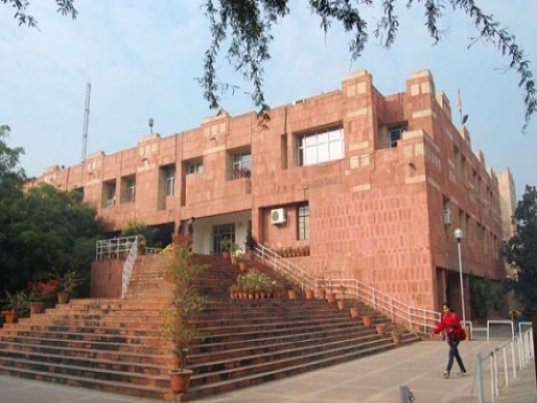A survey conducted by Centre for Linguistics (CL), Jawaharlal Nehru University revealed that Bengali, Malayalam, and Bhojpuri are the second most common languages spoken by students in the university, Hindi being at first.
The survey is conducted every six years. The First time it was conducted in 2011 and was last conducted in 2017. It not just help find the linguistic changes, but aims at identifying various other changes, “not just describe the multilingual situation on the campus, but also to study and compare the changes and differences”.
The survey that was conducted was headed under a website namely http://Flingjnu.com, which got established on February 19. The website does not only focus on language surveys but also studies and presents elements related to the grammar of Gaddi language, which is spoken by the Gaddi community settled in North India, specifically in Himachal Pradesh.
The website was founded by professor Ayesha Kidwai and a few Ph.D. students of the Centre. The website reads, “JNU is known for its inclusive character, so it is essential for surveys like Langscape to be repeated in regular intervals to better understand the languages that play a role in the campus life.”
The 2017 survey was conducted with over 1778 participants by asking them to fill either a google form or physical questionnaires. It was found that over 179 languages were spoken as the mother tongue of students including Bengali, Malayalam, and Bhojpuri.
It was also found that over 835 participants spoke more than three languages. 600 of them were who spoke over 3 languages, 281 were who spoke only 2 languages, and 58 students spoke only one language. Apart from the Hindi number of students who spoke Bengali were 363, Urdu- 352, Bhojpuri- 263.
Yangchen Roy, a Ph.D. student of the Centre, said, “The exercise was undertaken to document the multilingual nature of the campus, and also to identify how different languages are spoken in different domains. The questionnaire was designed to identify which language one speaks at home, vis a vis, with their friends, teachers, etc. As of now, we have not started comparing data of 2011 and 2017, but we expect to start soon.”

